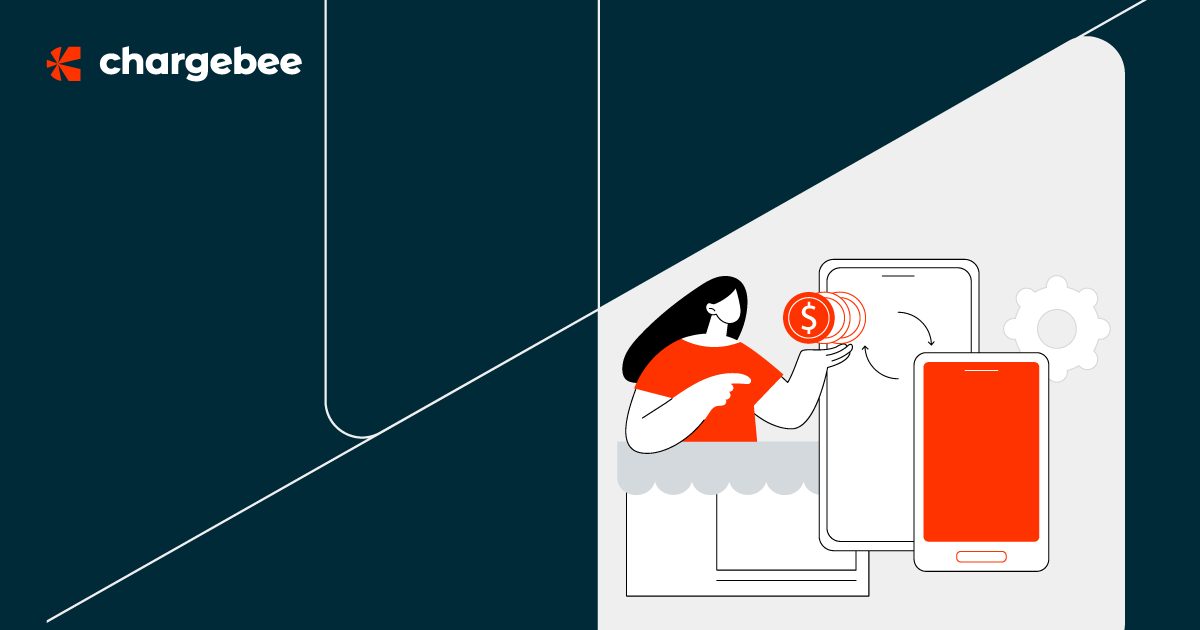The future of the traditional software is already written on the wall as software offerings shift towards the SaaS model. The subscription business model has made great strides in the software industry as vendors take their services to the cloud. What opportunities are available for SaaS resellers?
The cloud is the business of the future and resellers should be taking note. Traditionally, resellers have been making money from a percentage of the one-time fees paid by their customers to the Independent Software Vendors. But the SaaS economy has more opportunities for resellers than perpetual software licenses offer.
But why SaaS and is it just all hype?
Perhaps the biggest benefit of a SaaS business is the upfront revenues that service providers can use for R&D, customer acquisition and other business operations. The initial reseller revenue is generated from paid sign ups or sales. Apart from this, recurring monthly revenues generated by customers to service providers through renewals means recurring commissions for resellers. Resellers, by virtue of introducing customers to cloud services, generate commissions over the lifetime value of the customer.
But unlike with the perpetual software licensing model, SaaS commission revenues are smaller initially. This may make you think that SaaS for resellers is not profitable. But this is only true in the short run when compared to the traditional software reseller. When we consider the time over which customers will stay subscribed to the cloud services, then revenue numbers become more inviting
Let’s compare the revenues generated by resellers of traditional software and those who’ve partnered with SaaS provider.

Resellers partnering with traditional software vendors initially make higher revenues as they add “X” numbers of customers per month. Here, revenues are controlled by the percentage of sales resellers make and the number of new customers brought. Depending on the efforts of the reseller, revenues can fluctuate over time but generally follow a flat graph.
On the other hand, resellers working with SaaS service providers usually see lower revenues compared to those reselling traditional software at the beginning. However, as more customers sign up for the SaaS services, revenue increases substantially over time.
There are two explanations on why SaaS resellers end up generating more revenues than traditional software resellers. These are price and life time value of customers.
Price:
In the traditional software model, customers pay a large price for the perpetual license. The percentage that resellers get from this large licensing fee leads to the higher initial revenues.
On the other hand, the SaaS customer pays a smaller cycle fee after a regular cycle, thus the lower initial revenue numbers of the SaaS reseller.
Lifetime value of customers:
The lifetime value of the SaaS customer can average between 3 to 7 years depending on the service. Resellers can generate commissions over the time that the customer stays subscribed to the service.
As new subscribers are brought into the revenue fold, resellers still earn revenues from the initial customers without having to invest in customer acquisition.
But it’s not only on subscriptions that resellers can generate revenues. One of the features of SaaS services upgrades. Apart from the initial subscription, resellers can also generate more revenues from upgrades of their customers.
Therefore, assuming an average 3 percent churn of a good SaaS service, reseller revenues will still be positive when upgrades are factored in. This explains the upward trend of reseller revenue in the below graph.

Customer Acquisition Costs
With the traditional software model, resellers need to invest in customer acquisition and given the large upfront costs of the software, more resources are required to pursue and bring customers to convert. On the other hand, the SaaS model does not have the high upfront cost and is therefore relatively easier to convince customers to buy.
Some of the features of SaaS that make it attractive to customers include:
- Affordable payments made in regular cycles
- Ability to scale the service based on demand or need
- Easy management and access to cloud services
Resellers can easily acquire customers that need SaaS services with modest marketing budgets. How resellers approach SaaS will depend on the vendors they are working with. Some vendors allow partners to host their software while others do not.
For example, Salesforce.com does not allow partners to host the software but have a rich platform for system integrators looking to build custom applications to be integrated in their offering. On the other hand, Microsoft allows its partners to host and customized its Microsoft CRM 4.0 application known as “Titan”. Other partners run partnership programs that are based more on subscription margins.
Other SaaS Reseller Revenue Opportunities
Regardless of the opportunities that your software vendor offers, as a SaaS reseller, you major work is to help customers determine whether a particular SaaS offering is good for them. One of the features of the SaaS model is storing data in the cloud. Some clients may not be comfortable with their data or that of their customers being held by the software vendor. On the other hand, adopting SaaS means enjoying robust infrastructure, less maintenance as well as affordable subscription cost.
Apart from this, you need to help them with integration, training or implementation of the SaaS service. All these are potential avenues for generating additional revenues apart from the commissions from your vendors. According to Scott Mahon, the managing director of Apollo Consulting LLC, SaaS resellers who do less integration work should focus more on volume sales than the traditional software vendor reseller does.
With traditional software vendors, customers pay for perpetual licensing i.e. a one-time cost for the software, with smaller amounts for occasional upgrades. On the other hand, SaaS is usually sold on a subscription basis. Resellers usually get referral fees from the customer’s subscription fees. This means that the short term income may not be great, but you will end up earning a generous amount over the lifetime value of the customers who stay subscribed to the service. The only time your revenue is likely to decline is if your SaaS vendor offering has a high churn rate, assuming that the customers leaving the service are your referrals.
SaaS resellers therefore need to educate their customers about the SaaS offering that has been purchased to continue benefitting from referral fees off their active subscription. SaaS vendors can also create services that can be integrated with other applications. Resellers have great new revenue opportunities in form of custom application development for different SaaS services and integration services.
As the SaaS model becomes mainstream, resellers who offer referral services as well as other related SaaS services such as application development, integration and consultation stand to benefit more.

